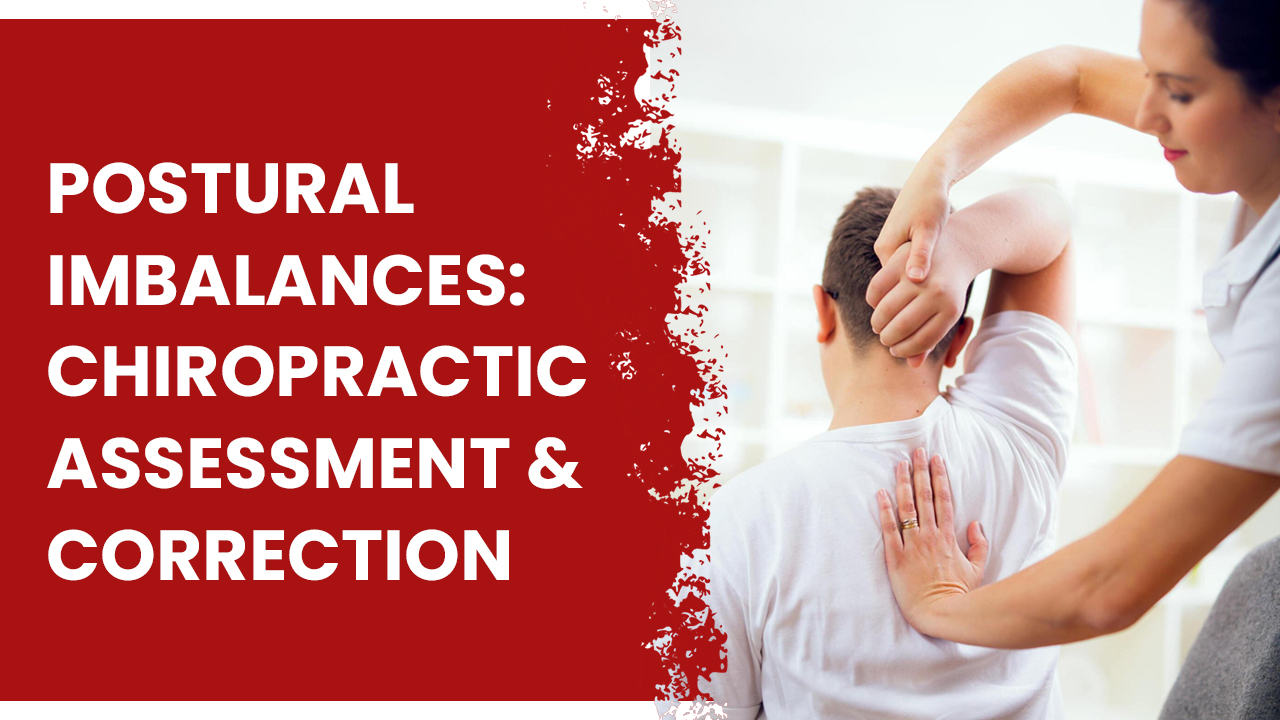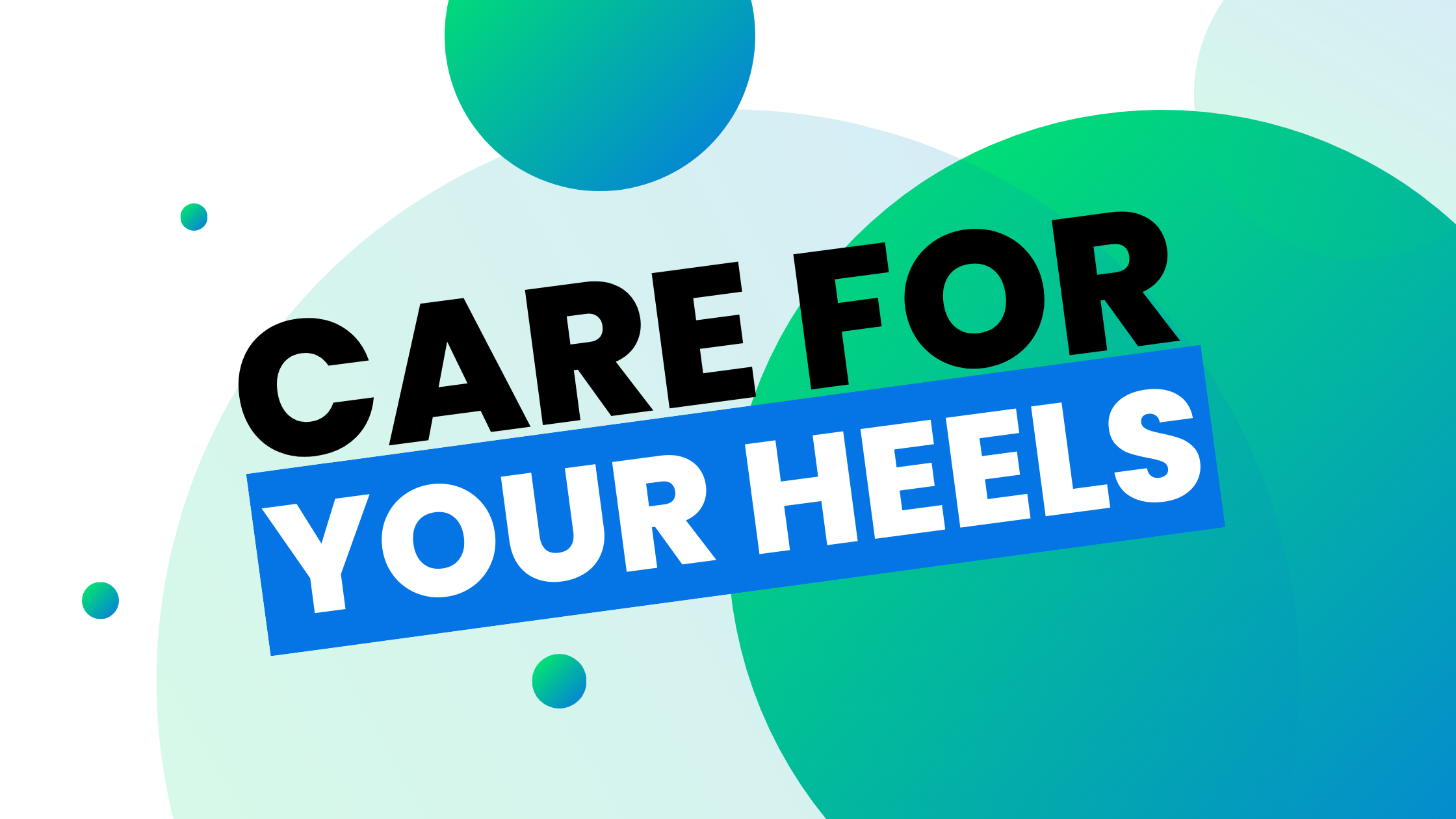Postural Wellness: The Chiropractic Path To Balanced Well-Being

Embracing Balance: Your Next Steps Toward Lasting Postural Wellness In conclusion, prioritizing postural wellness through chiropractic care is a transformative journey toward achieving balanced well-being and optimal health. At Ridgefield Chiropractic & Wellness Center, we believe that maintaining proper spinal alignment and posture is fundamental to overall health and vitality. Through our personalized approach to […]
Postural Imbalances: Chiropractic Assessment & Correction

Are you tired of dealing with those persistent aches and pains that won’t go away? Is your posture not what it used to be? Many of us suffer from postural imbalances, which can lead to discomfort and even chronic pain. But worry not because chiropractic care can be a game-changer. In this article, we will […]
Care for Your Heels

Care for Your Heels: Learning How to Treat Plantar Fasciitis

Are you experiencing stabbing pain in the bottom of your heel? If yes, you may be experiencing Plantar Fasciitis Having Plantar Fasciitis can literally be quite a pain in daily life. A simple activity such as walking to work may prove hard to do so with this condition. Plantar Fasciitis typically happens to adults aged […]
Eat Your Greens

Insanely Easy Way To Add Years To Life: Eat Your Greens

Here comes March, and in the blink of an eye, it’s already National Nutrition Month! It’s the best time to revisit our eating routine. We’ve been busy with all sorts of things, enjoying the warm weather and waiting for spring (or summer), but when it comes to eating, we tend to lose focus. […]
Keep Your Heart Pumping!

Love Your Heart: Keep It Pumping

What would happen if your heart suddenly stops beating? Now, that’s not a happy thought but… since it is Heart Health Month we want to give you some tips to keep your heart healthy and live a very long, healthy and happy life. Let’s fight heart disease together! This Heart Health Month is dedicated […]
Start Living The Healthy Life

New Year, New You: Doable Healthy Tips to Achieve Your Best Version

If there’s one thing that the global pandemic taught us, it’s never to take our well-being for granted. With 2022 being a year of unprecedented change and challenge, it’s time to start 2023 on the right foot! Why not make one simple change this New Year that could benefit your health? It doesn’t have to […]
